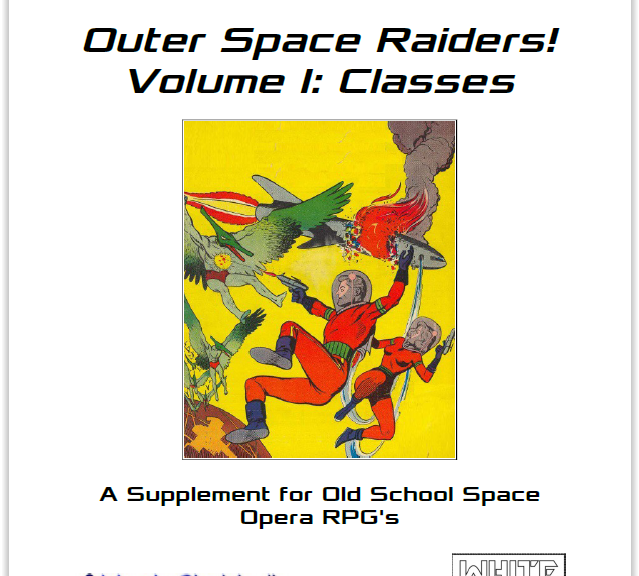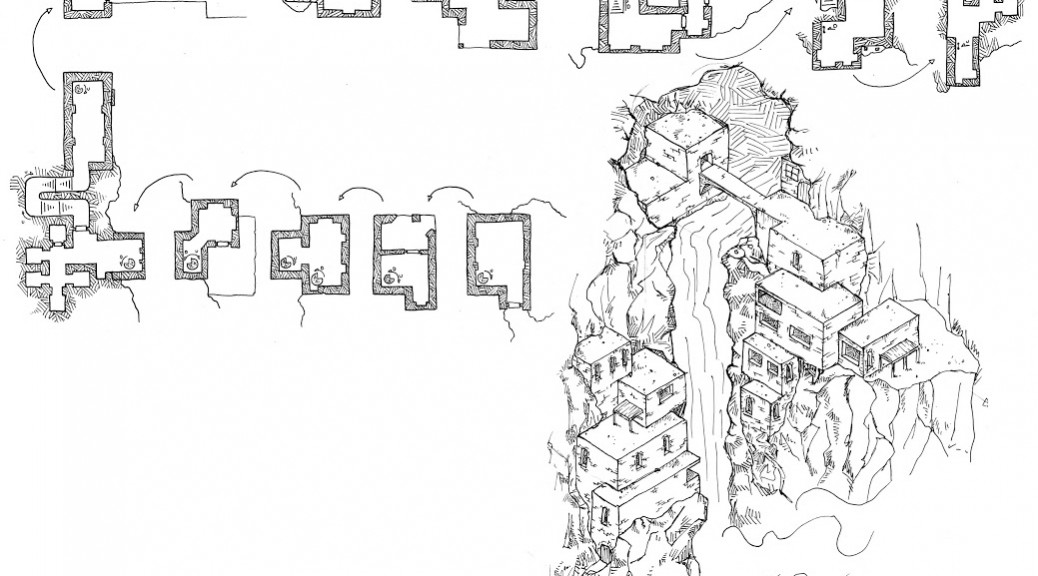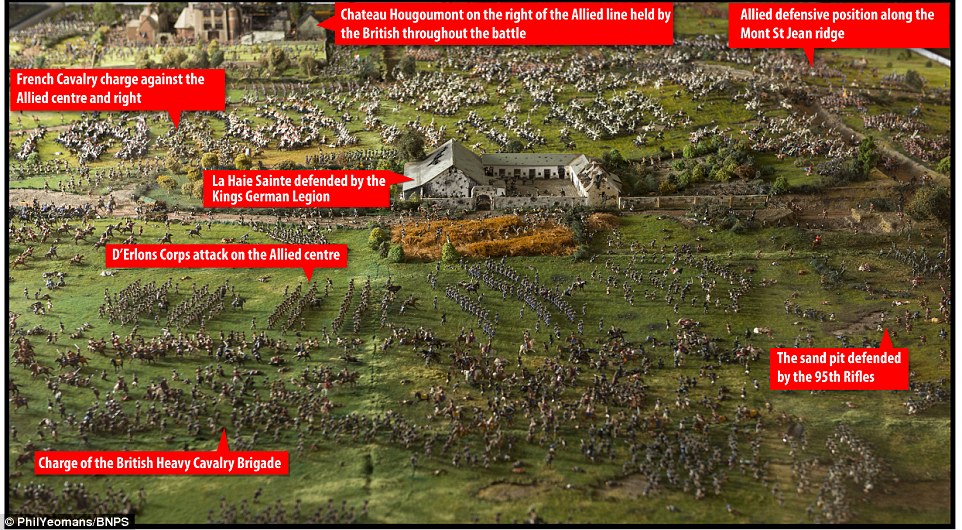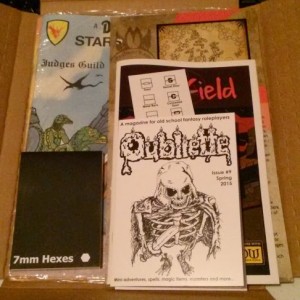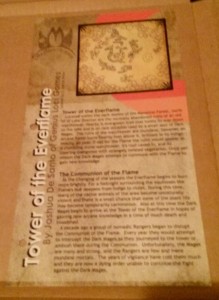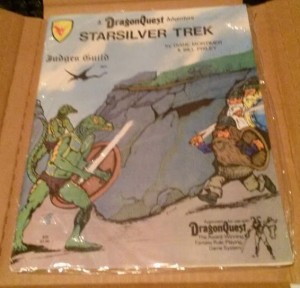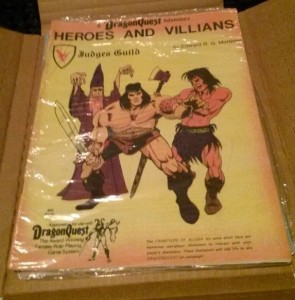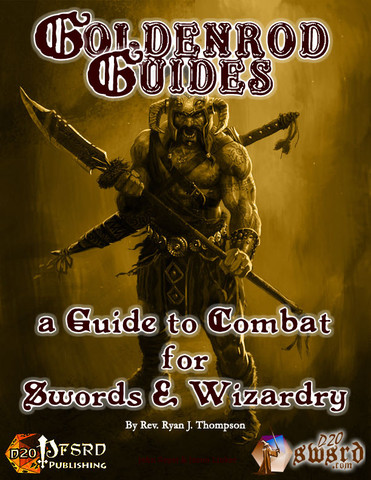It’s approaching 200 years since the founding of three communities in Missouri, since it is also 200 years since the Battle of Waterloo, on June 18. I assume these three towns were founded or named not long after the battle. I wonder if any other groupings of 3 communities happened after that battle.
One time, my mom related how she was talking with her father’s aunt Elsie, and were talking about Wellington, MO. When my mom asked where it was, Elsie replied, “Between Napoleon and Waterloo.” My mom broke out laughing to an unamused blank stare.
Napoleon and 600 troops escaped Elba on February 26, 1815, and landed on the south coast of France on March 1, 1815. Napoleon entered Paris on March 20, 1815, which marked the beginning of the Hundred Days, which were actually 111 days, that ended July 8, 1815.
I want to break out my Avalon Hill board game, Waterloo. I haven’t played it in decades. My brother, Robert, and I played somewhat frequently, back in the 80’s, and took turns as the French or the Allies, and were tied at who won as each side.
The movie, Waterloo, with Rod Steiger, Christopher Plummer, and Orson Welles is an interesting look and details many of the major events of the battle. I’m in the mood to watch it again. I haven’t tried very hard, but I’m not finding this movie online in one complete piece that I can watch in one go. I am considering buying a copy on DVD, if they are available. {Yikes! $52.00 on Amazon, or $21.00 for a used one! I’m not sure I want to watch it that badly! ]
Here is an interesting article on a diorama built in the 1970’s and restored in time for the 200th anniversary.
I was 11, almost 12 on July 4th, 1976. The Bicentennial was a big deal, and in 5th grade we had a unit on the American Revolution. I’ll be a few months shy of 51 in June. Thinking about the 39 years since 1976 and how much has happened, helps put in perspective how much happened between 1776 and 1815. February marked the 200th anniversary of the end of the War of 1812. Some have argued that if not for the British being tied up with the Napoleonic Wars in Europe, that the young American Republic would have once again been a colony of Britain. Speculative fiction and setting an RPG in such a situation could be interesting.
Way back in college, I wrote a paper about how Europe would be much different had Napoleon not risen to power. Napoleon’s actions led to the end of the Holy Roman Empire and the rise of Austria-Hungary. The rest of the German states were consolidated into far fewer separate countries, which simplified the rise of Prussian power and influence, and German unification in the 1870’s. The list of such things is a long one. One can easily see how the actions of The Congress of Vienna helped set the stage for events that would lead to WWI, and 100 years later the incomplete resolution of WWI leading to WWII. The Cold War after WWII has lead to the current problems in Europe, and the potential powder keg of Ukraine, which is 100 years after WWI. Three, four, or five generations is all it takes for major events to seem to “repeat” themselves.
In any RPG setting, one can see how the short-lived humans can muck things up by not remembering lessons from the past. In the lead up to WWI they had telegraph, telephone, trans Atlantic cables, and early radio for communication; and the lag time of getting news out was hours or less, and still things escalated. In a fantasy setting, there might be long lived gnomes, dwarves, and elves, but humans are wont to ignore the wisdom of elders.
If the races that were involved in issues 100 years ago are still represented by living eyewitnesses, it does not stop us from ignoring it. Some groups led by wise rulers, might listen, but there could be all sorts of reasons to ignore such advice. While real history has lots of complex issues involved, there is still a tendency to forget or ignore similar issues in the past, and familiar patterns emerge. One need not detail lots of historical events, but develop a general series of wars, invasions, and other disagreements that ebb and flow in similar patterns over the ages. Mix in how humanoids and demi-humans affect the mix, and you can come up with your own interesting blend that explains why your world is the way it is.
Other posts touching on my use of the board game Waterloo: No.1, No. 2.



